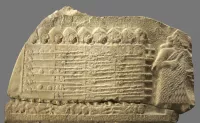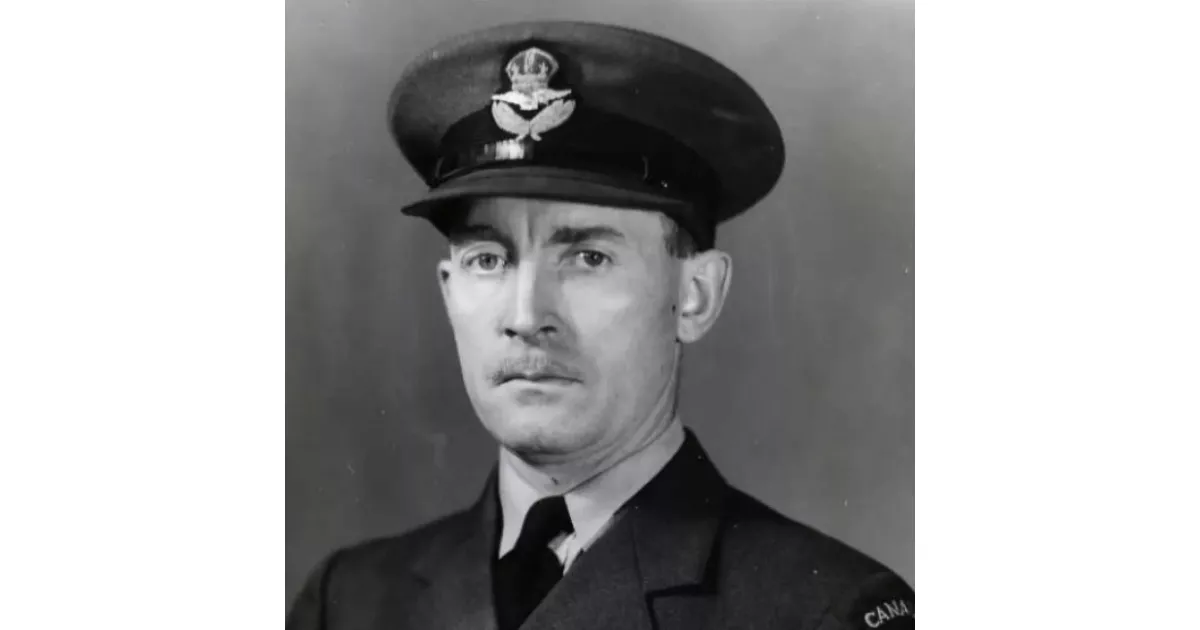David Francis Griffin was a Canadian athlete specializing in middle-distance running and later a journalist. He competed in the 1,500-metre event at the 1928 Summer Olympics. Griffin was a national champion in the 1 mile (1.6 km) race in 1927 and 1929. He also achieved success in indoor events, twice winning the 1,000 yd (910 m) race at the 91st Highlanders Athletic Association meet, setting a record. As part of the Hamilton Olympic Club, he contributed to a national record in the 2 mi (3.2 km) indoor medley relay. Besides the Olympics, he also represented Canada at the 1930 British Empire Games, the Tailteann Games, the British Army Games, and the Scottish Games. His athletic career began under the guidance of coach Bobby Kerr at the YMCA in Hamilton.
1 day ago : David Griffin Fired: Pelicans Dismiss Executive VP After Dismal Seasons, Change in Leadership
David Griffin was fired by the New Orleans Pelicans after serving as Executive Vice President. The decision comes after six seasons marked by disappointing performance and injuries. Willie Green's position as coach remains secure for now.
May 13, 1905: David Griffin's Birth
On May 13, 1905, David Francis Griffin was born. He later became a Canadian athlete and journalist.
1923: Newmarket-to-Toronto relay race
In 1923, Griffin participated in the Newmarket-to-Toronto relay race, and the four-mile Guelph relay races.
1924: Ontario Indoor Championships
In 1924, Griffin placed third in both the 600 yd (550 m) and 1,000 yd (910 m) races of the Ontario indoor championships, and placed second in the 600 yd (550 m) race at the Ontario YMCA championships.
1924: Press agent of the Hamilton YMCA track and field club
In 1924, Griffin was named a press agent of the Hamilton YMCA track and field club.
April 1925: President of the Hamilton YMCA track and field club
In April 1925, Griffin was elected president of the Hamilton YMCA track and field club for one year.
March 1926: Named captain of the Hamilton YMCA track and field club
In March 1926, Griffin was named captain of the Hamilton YMCA track and field club. He also placed third in the 1 mi (1.6 km) race at that year's Ontario indoor championships.
July 1926: Joined the Hamilton Olympic Club
In July 1926, Griffin joined the Hamilton Olympic Club (HOC).
1926: Reporting staff at The Hamilton Spectator
In 1926, Griffin was on the reporting staff at The Hamilton Spectator, working as the newspaper's reporter for track and field events in which he participated.
1927: National 1 Mile Champion
In 1927, David Griffin became the national 1 mile (1.6 km) champion.
1927: Won the 1 mi race at national outdoor track and field championships
In 1927, Griffin won the 1 mi (1.6 km) race at the national outdoor track and field championships and Olympic trials, earning a medal from the Amateur Athletic Union of Canada. Later that season, he won another national event at the Canadian National Exhibition (CNE) athletics meet, receiving a bronze trophy from the Canadian National Railway.
1928: 1928 Summer Olympics
In 1928, David Griffin represented Canada in the 1,500-metre event at the Summer Olympics.
1928: Toronto Road Race
In 1928, Griffin placed second in the 5,000 m event at a Toronto road race. He also placed third in the 1 mi (1.6 km) race at the Ontario track and field championships.
1928: Selection for the 1928 Summer Olympics
In 1928, Griffin placed third in the 1,500 m race of the Olympic trials and was chosen to represent Canada in the 1,500-metre event at the Summer Olympics. His selection was controversial, but defended by meeting the Olympic standard.
1928: Wanamaker Mile at Millrose Athletic Club indoor meet
In 1928, Griffin ran in the Wanamaker Mile at the Millrose Athletic Club indoor meet at Madison Square Garden, and his team placed third in the international relay. He also won the 1,000 yd (910 m) at the 91st Highlanders Athletic Association meet in a record time of 2:19, and won the 1 mi (1.6 km) race.
1929: National 1 Mile Champion Again
In 1929, David Griffin won the national 1 mile (1.6 km) championship again.
1929: Injured in an automobile accident
In 1929, Griffin was one of two people named to the HOC executive and won the 1 mi race at the Canadian championships. However, he missed several events after being injured in an automobile accident.
1930: Won the 1,000 yd race for the second time
In 1930, Griffin won the 1,000 yd (910 m) race for the second time in three years at the 91st Highlanders Athletics Association meet.
1931: Comeback attempt with the HOC
After completing the indoor track and field season with the Toronto Central YMCA, Griffin attempted a comeback with the HOC in 1931.
1932: Windsor Star editorial staff
Around 1932, Griffin was briefly on the Windsor Star editorial staff.
1932: Final Race
In 1932, Griffin's final race was a third-place finish at a 1 mi (1.6 km) HOC event.
November 12, 1942: Enlistment in the Royal Canadian Air Force
On November 12, 1942, Griffin enlisted in the Royal Canadian Air Force (RCAF) special reserve.
1942: Enlistment in the Royal Canadian Air Force
In 1942, David Griffin enlisted in the Royal Canadian Air Force (RCAF).
1942: Vice-president of the Ulster Assistance Association
In 1942, Griffin was the vice-president of the Ulster Assistance Association in Toronto, which benefitted servicemen in Belfast.
March 1943: RCAF public relations officer
In March 1943, Griffin became an RCAF public relations officer and served in Ottawa, Halifax, and the Aleutian Islands.
July 26, 1943: RCAF attacks Japanese forces
On July 26, 1943, the RCAF attacked Japanese forces in three missions, bombing a landing strip before the Japanese departure, as documented in Griffin's book.
February 18, 1944: David Griffin's Death
On February 18, 1944, David Francis Griffin passed away.
March 6, 1944: Rescue of plane crash survivors
On March 6, 1944, five survivors from a plane crash where Griffin was a victim were rescued. Griffin's body was later recovered and taken to CFB Goose Bay for burial.
April 1944: Publication of First Steps to Tokyo
In April 1944, David Griffin's book, First Steps to Tokyo, was posthumously published.
Mentioned in this timeline
Canada is a North American country the second-largest in the...

Tokyo the capital of Japan is a global megacity Its...

An empire is a political entity comprising various territories military...

Stars are giant balls of plasma held together by their...

Books are a means of storing information as text or...

War is an armed conflict between state armed forces or...
Trending

49 minutes ago Brock Purdy's Future: 49ers Contract, Trade Rumors, and Mega-Deal Expectations Analyzed.

2 hours ago Tyron Smith, 8-Time Pro Bowler, Announces Retirement from NFL with Cowboys.

2 hours ago Conway Compares Smith to Obama and Trump; Predicts Trump's Endorsement in NJ.

3 hours ago Newsom Approves $2.8B Bailout for California's Overrun Healthcare Program, Expanding Immigrant Coverage

4 hours ago Mindy Kaling stuns in a fiery red pantless look and sky-high stilettos.

4 hours ago Travis Hunter Prefers Quitting Over Single Position, Talks Browns, Sanders, Richardson
Popular

Doug Ford is a Canadian politician and businessman currently serving...
The Real ID Act of is a US federal law...

Justin Trudeau served as the rd Prime Minister of Canada...

Peter Navarro is an American economist and author known for...

Donald John Trump is an American politician media personality and...

Bernard Bernie Sanders is a prominent American politician currently serving...
